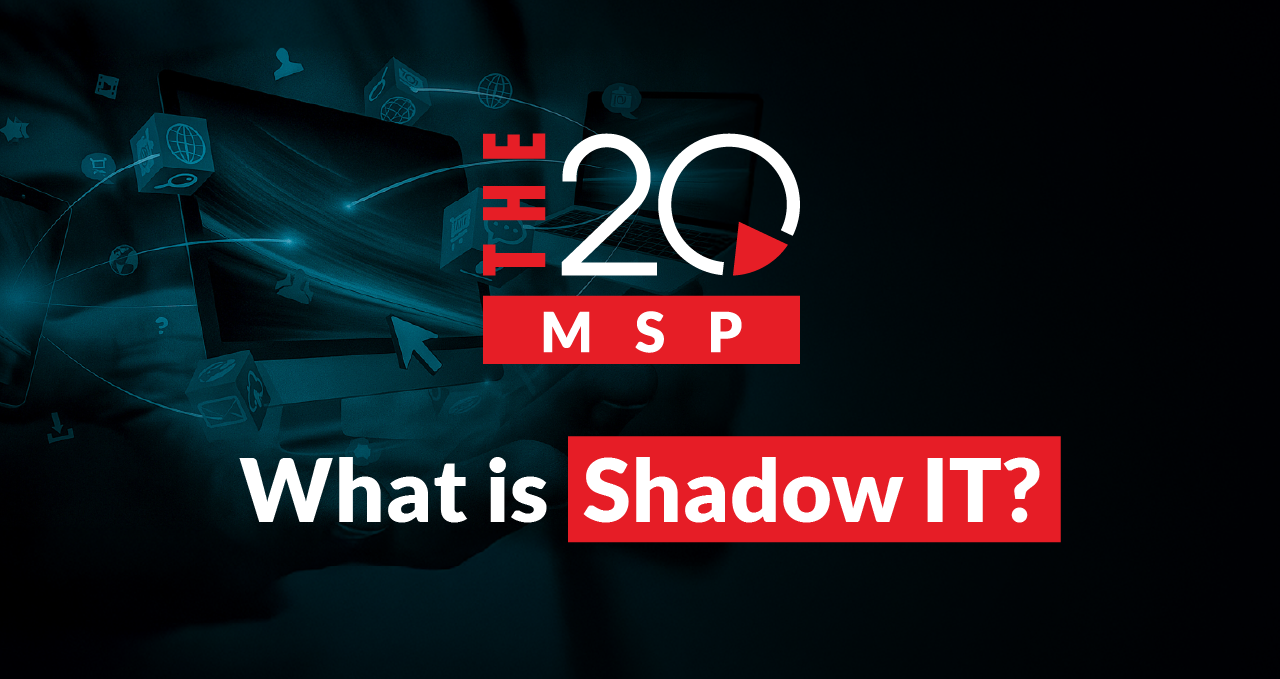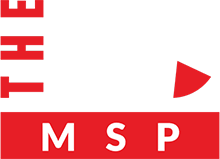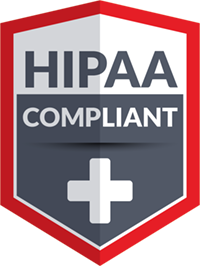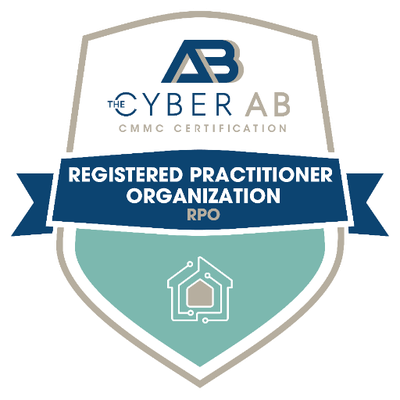
What Is Shadow IT?
You’re working late, racing to hit a deadline. You need to upload a document – but it’s in the wrong format. Your IT team is off the clock (one reason you might consider using an MSP), and no one’s around to help.
What do you do?
You Google a file conversion tool, plug in the company credit card, install the software, convert your file, and boom – problem solved. Except… It’s 2 a.m., you’re exhausted, and you forgot to cancel the subscription.
And just like that, you’ve invited shadow IT into your organization (cue dramatic music).
What Is Shadow IT, Really?
Shadow IT refers to any software, hardware, or digital service used within a company without the knowledge or approval of the IT department.
This could include:
- Project management tools like Trello, MS Project, or Jira.
- Cloud storage platforms like Google Drive, Dropbox, or OneDrive.
- Even physical hardware like personal USB drives or rogue routers.
If it’s being used – and IT doesn’t know about it – it’s shadow IT.
And this stuff is everywhere: Cisco reports that 80% of employees admit to using shadow IT.
Why shadow IT is a problem
You might be thinking, “What’s the big deal?”
Here’s why:
Security Gaps
The biggest issue is security. Every piece of software increases your attack surface – which is a fancy way of saying “more ways for bad guys to get in.”
Unapproved apps might have vulnerabilities – or worse, they might be flat-out malicious. Most employees aren’t doing deep-dive research on every tool they install. And if a tool they installed came from a shady website? They may have invited malware on your network.
Even if the software itself isn’t malicious, it could still have serious vulnerabilities or lead to compatibility problems across your technical environment.
It’s simple: Your IT team can’t protect you from things they don’t know exist.
Compliance Violations
Compliance is tough enough to track on its own. Now toss in a bunch of undocumented, potentially vulnerable software, and things get messy fast.
Unauthorized apps can expose sensitive data, violate data laws, or leave you totally out of compliance – all because a few people installed something without looping in IT.
If you don’t get a handle on your SaaS sprawl, you’re basically rolling the dice with fines, audits, and legal trouble.
Wasted Money
Most software tools aren’t free – and those that are usually come with a ticking clock before their trial ends. Before you know it, you’re racking up charges for tools no one remembers signing up for.
One month’s expenses could look totally different from the last, making budgeting a nightmare and draining cash without anyone realizing it.
Not great.
Why Shadow IT Is on the Rise
Shadow IT is getting worse – a lot worse. One report found it has exploded by 59% in recent years.
Why? Two big reasons: remote work and the rise of SaaS.
All it takes is a company credit card and a problem to solve. That’s it. And SaaS vendors make it as easy as possible to install, subscribe, and pay for their tools – all without talking to IT.
This leads to a growing mess of unsanctioned software that’s become a major thorn in the side of IT teams everywhere.
So, how do we deal with this shadowy problem?
How to Manage Shadow IT
Thankfully, there are plenty of ways you can stay on top of shadow IT before it becomes a problem, or rectify any issues you’re currently struggling with.
IT Policies
Start with the basics: a clear, straightforward policy.
Let employees know how they should get new software, and make it as easy as possible to follow. You should also stress that straying outside your policy could lead to serious repercussions – not just for them, but for the entire company.
That said, people are going to make mistakes. Approach your policy with care and understanding. Remember, your employees aren’t trying to put your company at risk – they just want to do their jobs as best and as efficiently as possible.
Proper Training
Sit your employees down and teach them about shadow IT. This could be through educational videos or blog posts – like this one. An educated team is less likely to fall into the trap of shadow IT because they’ll know the risks at play.
And just like with an IT policy, be patient and understanding. This stuff can be tricky, especially for those less-than-technically-inclined. Give them time, and they’ll get it.
Access Control
Not everyone needs the ability to install software. By tightening permissions so only certain people – or roles – get installation privileges, you drastically lower the chance of shadow IT.
Inventory Your Apps
Make it a habit to document your company’s applications regularly. The only way to know what’s installed on your network is to go and actually find out.
We recommend using asset management tools as they’re one of the best ways to track down undocumented or forgotten software. You can also run regular surveys with your team. Ask them for a full rundown of the tools they use every day. If any apps conflict with your approved app list, dig deeper and clean them up.
Shadow IT Isn’t Inherently Bad
We’ve been hard on shadow IT so far, but there are benefits.
People enjoy their autonomy. They want to get things done quickly and efficiently. It’s not a bad thing that your employees are out there trying to find the best tools to do their job – you’re paying them to perform, after all.
Shadow IT is often a side effect of people doing their best while trying to avoid slow, frustrating approval processes that could cost them time or cause them to miss deadlines.
By making the approval process smooth and simple, with clear guidelines, shadow IT becomes a much smaller issue.
Why You Should Consider Hiring an MSP
Shadow IT is a lot for most small businesses to manage alone – even if they’ve got a stellar IT team with a rock-solid IT policy. That’s because there are just too many avenues shadow IT can slip through, and without the right resources, you’re bound to miss something eventually. And that something could cost you everything.
An MSP solves that problem.
Not only do MSPs have proper asset management tools, but many MSPs – like The 20 MSP – operate 24/7/365, meaning they’re always around to help your team get the software they need. An MSP can easily enforce your policy while helping streamline your software approval process. And if things do go wrong, cybersecurity and disaster recovery is part of that same package.
That means you have less chance of things going wrong – and a higher chance of fixing them quickly if they do.
And if you’re looking for that MSP partner – allow us to introduce ourselves.
The 20 has been squashing shadow IT for years, all at a flat rate, and we’d be happy to talk more about how we can help you.
Want more tips like this?
Subscribe using the form on the right and get our latest cybersecurity insights delivered straight to your inbox.
About The 20 MSP
As a leading provider of managed IT services, The 20 MSP serves thousands of businesses nationwide, including single and multi-location organizations, delivering white-glove service, secure and streamlined IT infrastructure, and 24/7/365 support. We believe in building lasting relationships with clients founded on trust, communication, and the delivery of high-value services for a fair and predictable price. Our client’s success is our success, and we are committed to helping each and every organization we serve leverage technology to secure a competitive advantage and achieve new growth.




